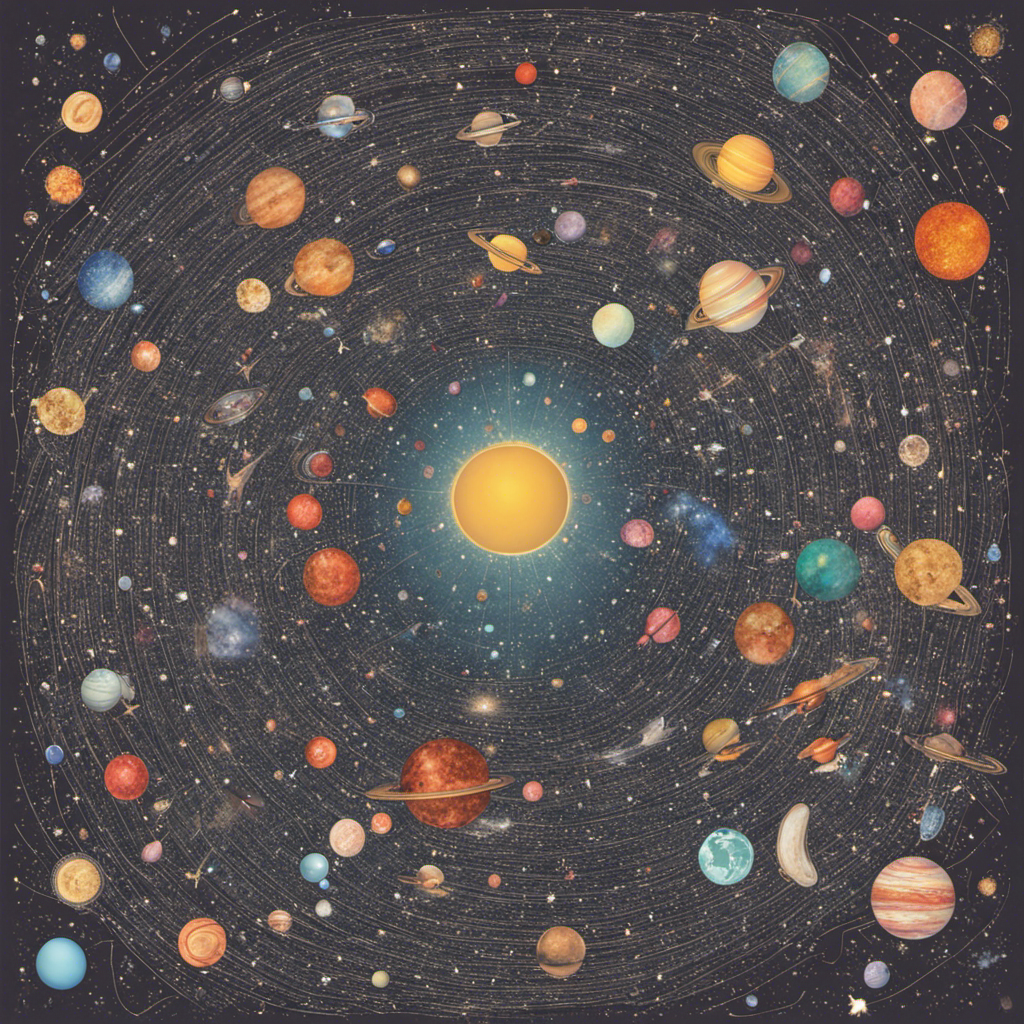

How big is the Cosmos?
The size of the cosmos, also known as the universe, is vast beyond human comprehension. It encompasses everything that exists, including all matter, energy, galaxies, stars, planets, and even space and time itself.
However, providing an exact measurement or a definitive answer to the size of the cosmos is challenging due to its ever-expanding nature and our limited understanding of its boundaries. The observable universe, which is the portion of the cosmos we can see and study, is estimated to have a diameter of about 93 billion light-years.
This measurement takes into account the limitations imposed by the speed of light and the age of the universe. It suggests that any light emitted from objects more than 46.5 billion light-years away has not had enough time to reach us since the Big Bang, which is believed to have occurred around 13.8 billion years ago. However, it is important to note that the observable universe represents only a fraction of the entire cosmos. The universe is thought to be much larger than what we can currently observe, as there may be regions beyond our observational reach due to the expansion of space.
Additionally, the concept of the universe's size becomes more complex when considering the possibility of a multiverse, where multiple universes could exist alongside our own. To further understand the vastness of the cosmos, let's consider some examples: 1. Galaxies: The cosmos contains billions of galaxies, each comprising billions to trillions of stars. Our Milky Way galaxy alone is estimated to have over 100 billion stars. 2. Distances: The vastness of the cosmos is evident in the distances between celestial objects.
For instance, the nearest star to our solar system, Proxima Centauri, is about 4.24 light-years away. This means that light from Proxima Centauri takes over four years to reach us. 3. Cosmic Microwave Background (CMB): The CMB is a faint radiation leftover from the early universe. It is estimated to originate from a time around 380,000 years after the Big Bang. The CMB is observed in all directions, indicating that it permeates the entire cosmos. 4. Large-Scale Structures: Scientists have discovered enormous structures in the cosmos, such as galaxy clusters, superclusters, and cosmic filaments.
These structures span hundreds of millions of light-years and provide evidence of the vastness and complexity of the cosmic web. While these examples provide a glimpse into the size of the cosmos, it is crucial to acknowledge that our understanding is continually evolving. Advancements in observational techniques, theoretical models, and scientific discoveries contribute to refining our knowledge of the cosmos' size and structure.
Related Posts
© 2025 Invastor. All Rights Reserved

User Comments